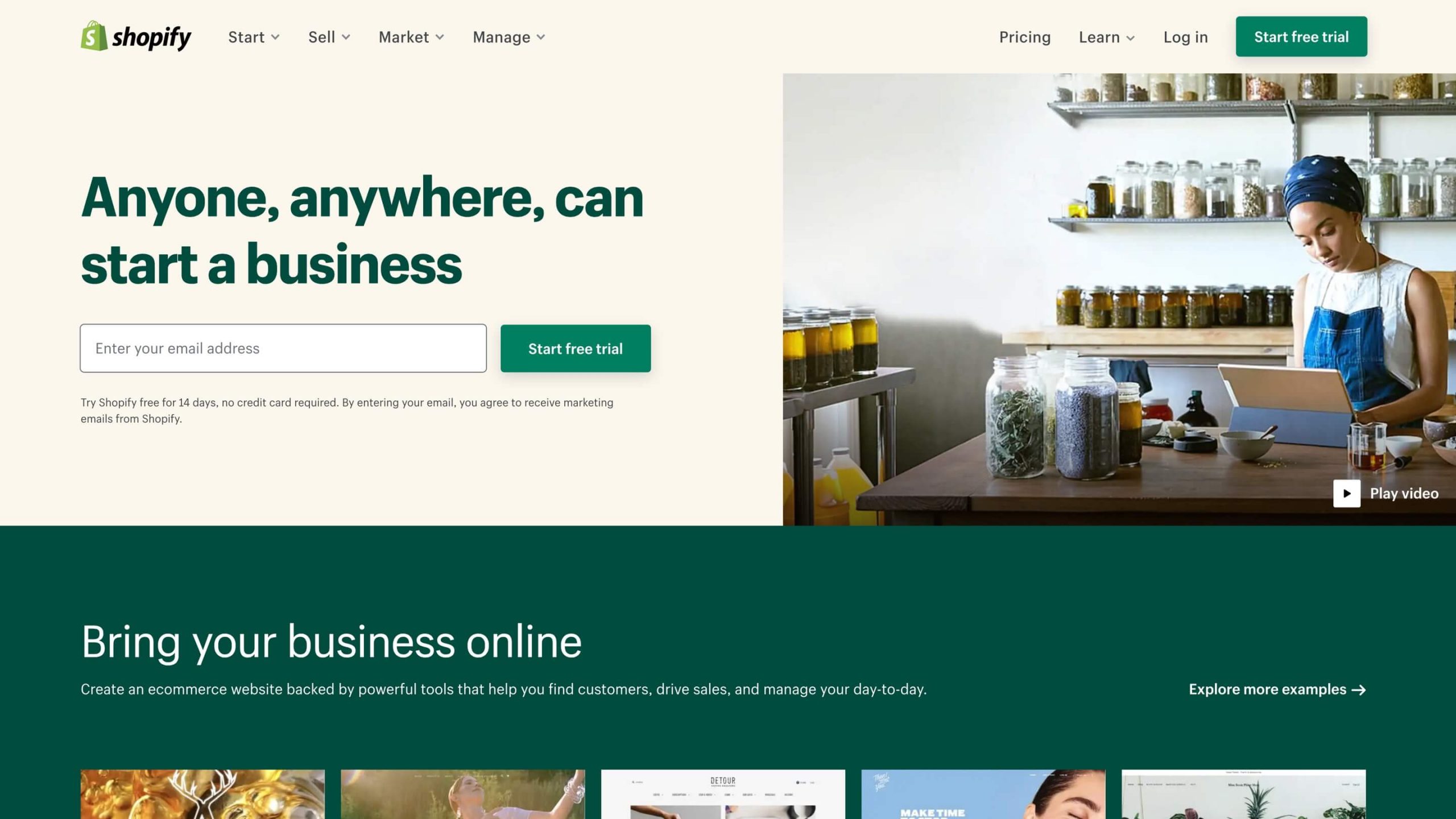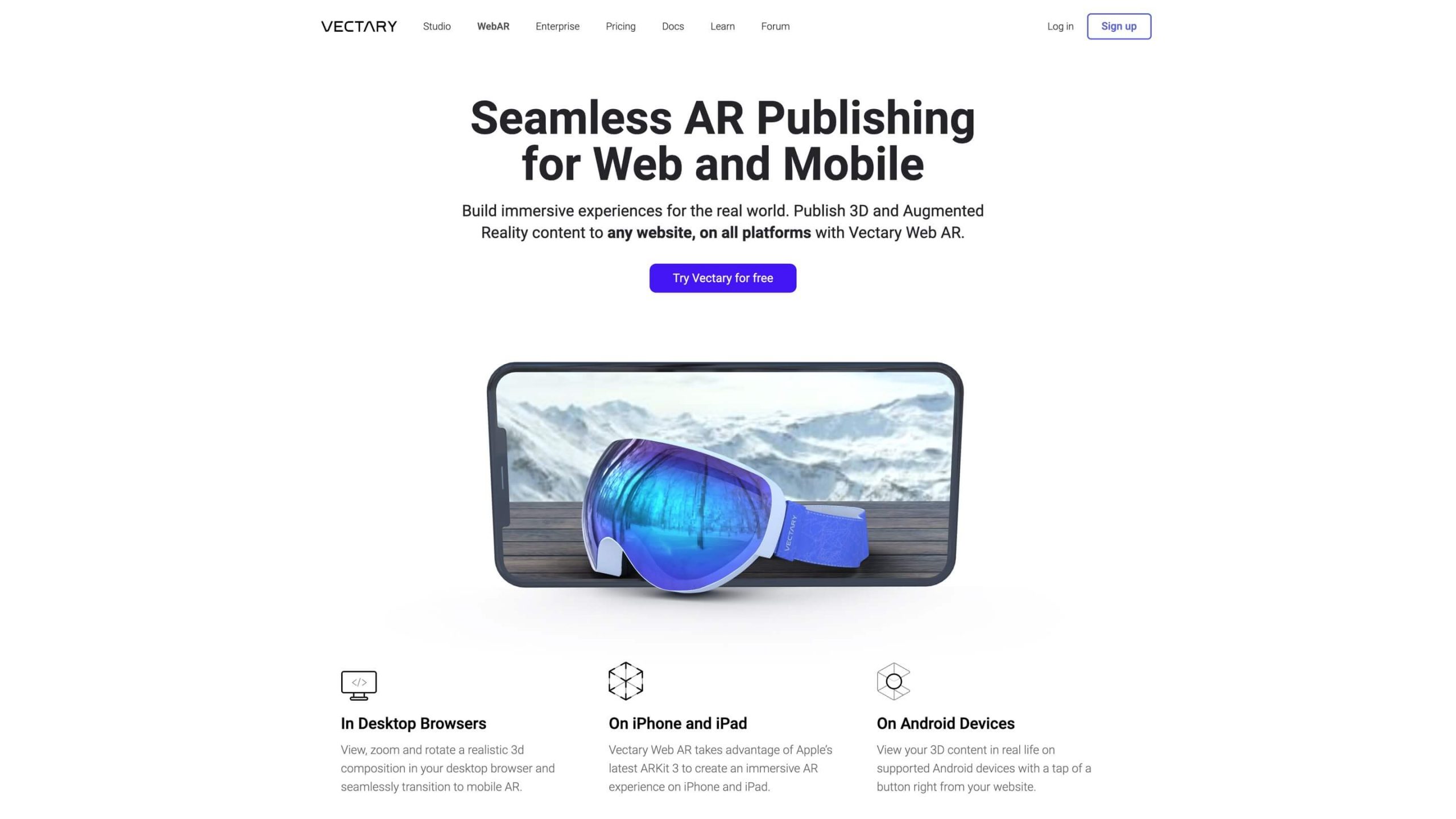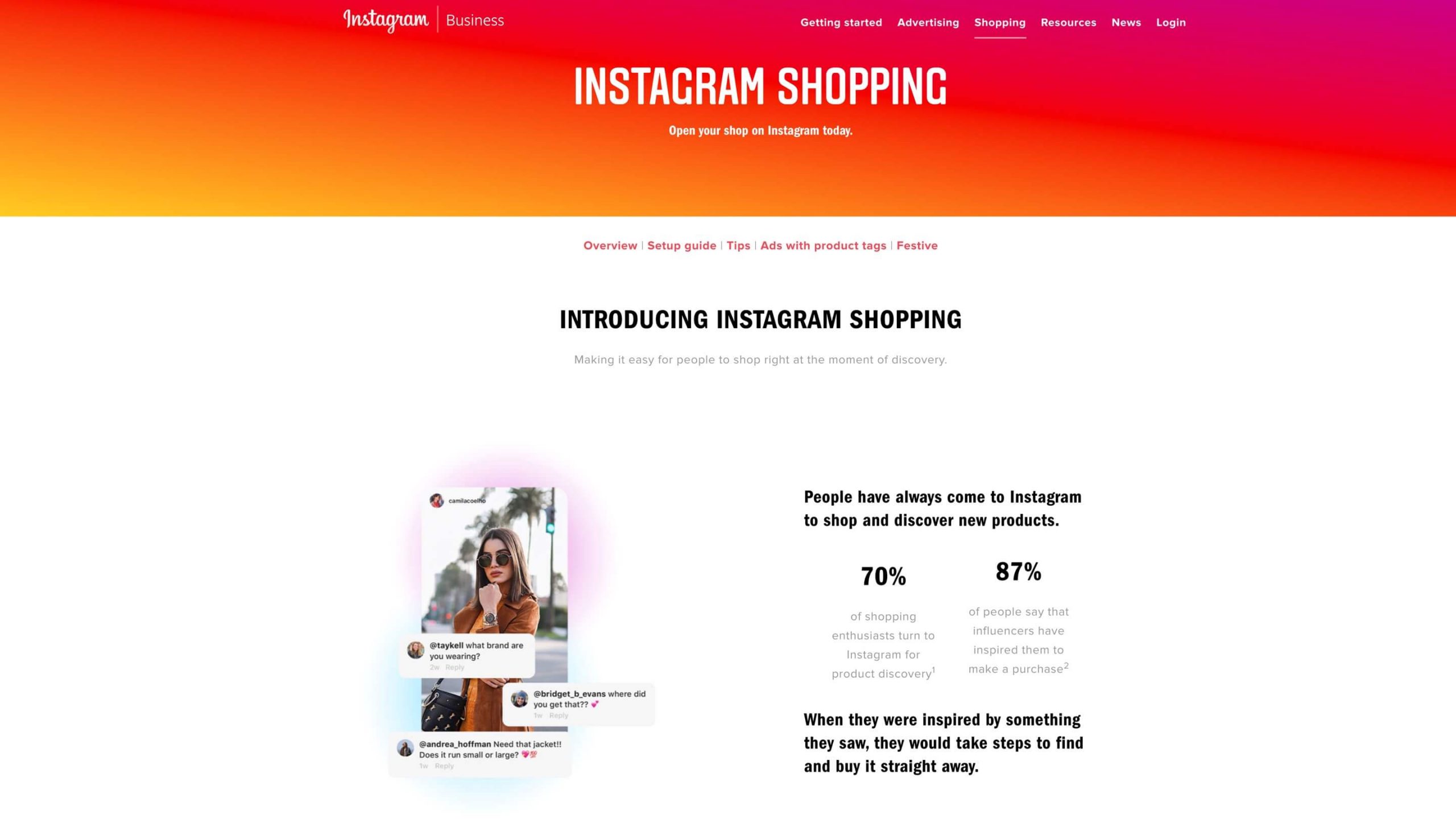Five ways to boost your eCommerce performance
Five ways to boost your eCommerce performance
It’s no surprise that given the events of 2020, the importance of eCommerce has increased. With more and more people purchasing online and as a result, more and more businesses moving or adapting to an online modal.
However, there is more to eCommerce than simply having to sell products online. If you’ve made a quick and simple switch or it’s been a few years since the initial transition, then your site is potentially underperforming.
Here we’ve provided a few key points that can help boost the performance of your experience and some things to consider if you’re refreshing your platform.
Switching to and adopting the right platform

Your digital storefront might be beautiful and feature bespoke product pages that entice your users. However, all of that is meaningless if your cart and checkout are counter-intuitive. While you can invest in building your own point of sale, this can be a lengthy and expensive process and other solutions might benefit your business more. There are a wealth of options when it comes to integrating eCommerce softwares that are designed for different wants, needs and sizes.
The most common eCommerce software on the market is Shopify, servicing more than a million businesses all around the globe. The software is easy to integrate and user-friendly, designed for smaller and entry-level businesses, with a more robust upgraded version for larger businesses.
Alternate software options like BigCommerce cater to more complex catalogues and offer the same streamline experience for both B2C and B2B products. And most site builders have their own eCommerce software on offer, with WooCommerce (used by around 30% of online stores) providing an open-source platform that can be easily added to any existing WordPress site.
Unify your eCommerce experience by using an Omnichannel approach

An Omnichannel approach offers a streamline experience for your users, regardless of what devices and channels they are using to access your store.
The way we interact with brands online is becoming increasingly diverse as certain experiences become more mainstream and new technology is introduced.
The majority of users perform online shopping through a variety of channels, and this isn’t just limited to individually accessing your digital storefront with a mobile or tablet either. This includes alternate means too, such as voice assistance. The percentage of shoppers using these methods has been gradually increasing every year and there is no indication that it’s going to change anytime in the future.
While mobile E-Commerce sales accounted for 67.2% of the total in 2019, it also featured an 80% rate of cart abandonment. This was largely contributed by a long and cumbersome check-out process and unresponsive designs which led to frustration and confusion.
Excite your customers with emergent technology

3D and augmented reality is becoming more prevalent in e-commerce and web design as it’s becoming easier to implement.
Product displays that take advantage of 3D allow for greater customer immersion. It helps make up for the fact that a customer can’t physically view or hold the product in their hands. In-depth engagement and interaction allows for additional product insights and is especially handy for products with moving parts or a number of complexities.
An extension of this is integrating augmented reality, allowing a customer to visualize the product in their home, have a better understanding of how it will look in person or the actual size of the product.
These assets aren’t just more engaging, but they drive conversions with 35% of people say that they would be shopping online more if they could virtually try on a product before buying it.
While creating high-quality 3D assets can be expensive, they can provide more flexibility than photography as they can be rearranged in a variety of ways for your website and any other digital or print collateral.
Take advantage of Dynamic Pricing

As the name suggests, this provides a flexible pricing structure for your platform. It allows the retailer to be reactive, adjusting the price of individual products depending on individual demand, meaning you can increase the prices of popular products for greater profits, or reduce the price to encourage sales.
Dynamic pricing can be combined with competitive pricing software. Integrating competitive pricing software allows for your platform to automatically adjust the price of products based off of the prices provided by the competition.
There are multiple tactics that can be incorporated with dynamic pricing. As mentioned above prices can be changed using supply and demand, as well as through competitor analysis. In addition to this, there is time-based sales and penetrative pricing for new products or products in a new market.
Taking advantage of social commerce

While social media has provided an essential platform for digital marketing for a while, in recent years it has expanded to allow for social media shopping, where customers can purchase directly through the social channel. This allows for more effective customer conversion as the customer doesn’t need to leave their social stream to complete a purchase, and it’s optimised for mobile devices.
Social commerce can be a valuable thing to consider. It can be implemented alongside your digital storefront or depending on your product and social presence it could replace your online shop altogether, allowing for a different approach to your website.
Are you ready for 2021? Ensure your site provides the best eCommerce experience by booking your personalised digital strategy with us today
Blog
Projects
Benchmarque V2
Aquila

ELLA

Westbourne

NGK


